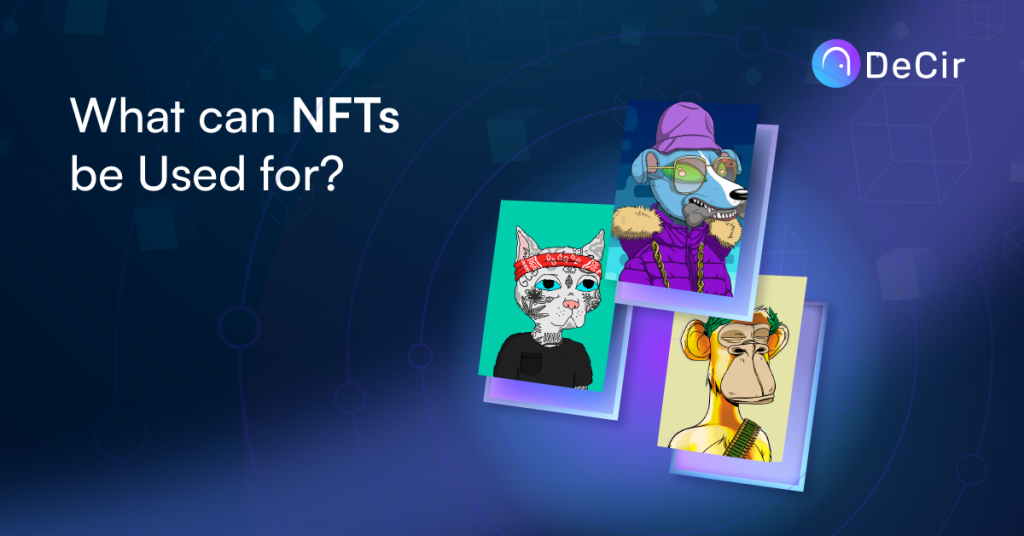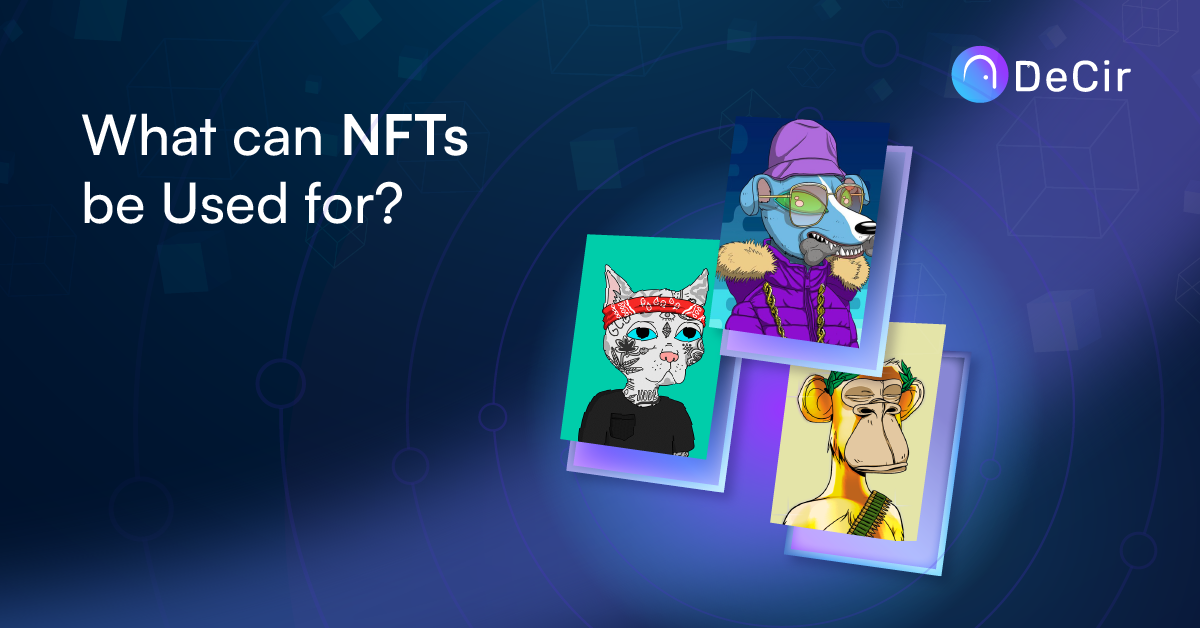NFT started out on the fringes of Web3. Early adoptions typically centered on the creation of large collections with little utility. However, NFTs’ ability to permanently represent valuable items on the blockchain is the reason for the recent upturn in their adoption across sectors.

TL;DR
- NFTs are innately non-fungible. This means that they cannot be easily traded or readily exchanged with other tokens for equal value.
- NFTs’ nonfungible characteristic makes them appealing to businesses across different sectors.
- Today, NFTs connote digital ownership, a tool for asset authenticity, and a means to trade assets that are traditionally considered illiquid.
NFTs are innately Non-fungible
Non-fungible tokens are notably characterized by the ERC-721 token standard. This class of tokens differs from regular crypto coins and tokens because they are unique and rare. No two NFTs are the same. Thus, they cannot be swapped or traded for another of equal value.
In practice, while regular (ERC-20) tokens can be easily traded, NFTs do not have such a luxury. This is because no two NFTs are the same. Their non-fungible elements make them rare, distinct, and highly valuable. Often, the rarity level of an NFT determines its price.
Additionally, NFTs carry inbuilt metadata. The metadata works as a permanent record that contains all the properties of a particular NFT. It is this metadata that distinguishes one NFT from the other. In other words, while it is often possible for NFTs to exist in collections of several thousand, each NFT in the collection has distinct properties that make it different from others. You can learn more about NFTs by reading our earlier piece here.
Multi-Industry NFT Adoption
The utilities of NFT are fast growing across sectors and industries. Today, NFT use cases abound in finance, real estate, gaming, supply chain, fashion, luxury goods, and more. Although NFTs are used to varying levels across these industries, the core of adoption still centers on value representation.
The gaming sector is considered one of the leading sectors in NFT adoption. This is because traditional gaming environments readily comprise in-game characters, resources, and tools that are used by gamers. These tools readily fit into the nomenclature of NFTs. Therefore, NFT adoption in gaming has been easy and swift.
In fashion and luxury goods, NFTs are used for two main purposes. First, they are used as digital representations of physical items (phygital NFTs). Here, brands create NFTs as replicas of physical items. Consumers who purchase these goods are automatically given the equivalent NFT. Secondly, NFTs are also used to create virtual goods. The emergence of virtual assets in this regard is prompted by the emergence of the metaverse. The sale of luxury products such as cars, jewelry, and drinks, is expected to grow along with the metaverse.
In real estate, NFTs are used for two major purposes. First, they are used to represent digital ownership. This implies that a buyer is issued an NFT whenever they acquire a piece of real estate. The NFT then serves as a digital equivalent of the physical asset. This form of ownership cannot be altered or disputed and provides a better alternative to paper documents.
Secondly, NFTs are used to create liquidity for real estate properties. Generally, the traditional real estate industry is considered illiquid. This is because properties are expected to be purchased as a whole. Oftentimes, real estate properties are expensive. This makes flipping hard. The introduction of fractional NFT has changed this narrative. It has made it possible for anyone to own properties by purchasing in fractions instead of the whole.
The financial services sector has also been experimenting with different ways of adopting NFT. At present, some of the most notable include NFTs as asset collateral and NFTs as representations of valuable items. Banks are beginning to consider certain NFT classes as valuables. This has been the case with virtual real estate and phygital real estate NFT. This class of NFT can be deposited in banks and can be used as loan collateral.
In the supply chain, NFTs are mostly used to track the movement of goods throughout the entire value chain. Their deployment is used as a way to guarantee product authenticity and build trust between brands and end users.
Conclusion
NFTs are no longer mere digital images. Today, they represent digital ownership and a valuable asset class. The continued adoption of NFTs by businesses is an enduring testament to how far NFTs will go over the next decade.


